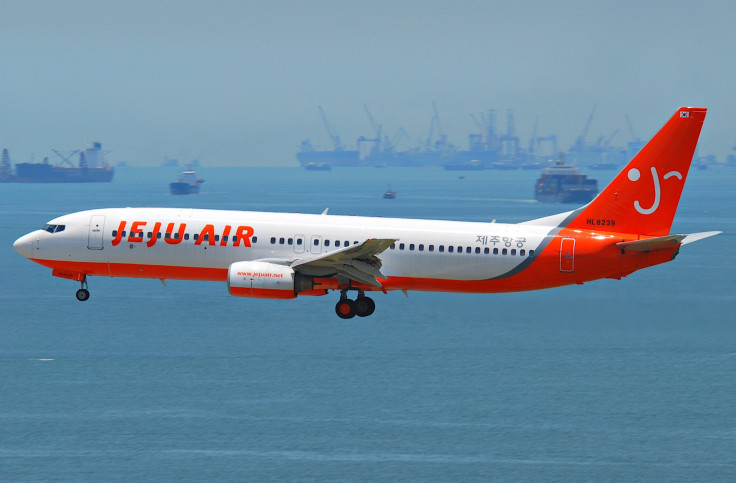Singapore Airlines Mulling Deal With South Korean Low-Cost Carrier Jeju Air To Get More North Asian Reach

Singapore Airlines is in talks to acquire a stake in South Korean low-cost carrier Jeju Air in an effort to expand its territory in the rapidly growing Asian market for regional routes. The move would allow Singapore to reach more destinations in China, expanding beyond its already formative presence in Southeast Asia.
“Singapore Airlines wishes to confirm that discussions have taken place on a possible equity investment in the airline,” the company said in a statement Tuesday to the Singapore Exchange, adding that the talks were preliminary and might not lead to an investment in Jeju Air.
Jeju Air is seeking to grow sales threefold, to 1.5 trillion won ($1.3 billion) over the next five years, largely on growing demand from China. The company is planning an initial public offering in the fourth quarter to raise cash for the expansion.
"The potential partnership could benefit both Singapore Airlines and Jeju Air in cutting costs, expanding coverage and keeping competitors at bay,” Yong Jun, an analyst at Hyundai Securities, told Reuters. A Jeju spokesman said the two companies have been in talks since late last year.
Singapore’s mainstay is long-haul flights and business travel, and in recent years it has seen stiff competition from regional low-cost Asian carriers and from larger airlines that fly many of the same routes, including Cathay Pacific Airways and Emirates.
Low-cost regional flights are popular in Europe and North America, but in Northeast Asia the market is still dominated by premium full-service flights.
“China’s aviation market, one of the world’s fastest-growing, is going through dramatic changes,” said a market analysis from U.S. aerospace giant Boeing released last year that forecasts the state of the global aviation market through 2033. “Regulatory and policy reforms, low-cost carrier and other innovative business models, new technology airplanes, and evolving consumer behaviors are driving airlines to launch additional direct flights.”
© Copyright IBTimes 2024. All rights reserved.






















